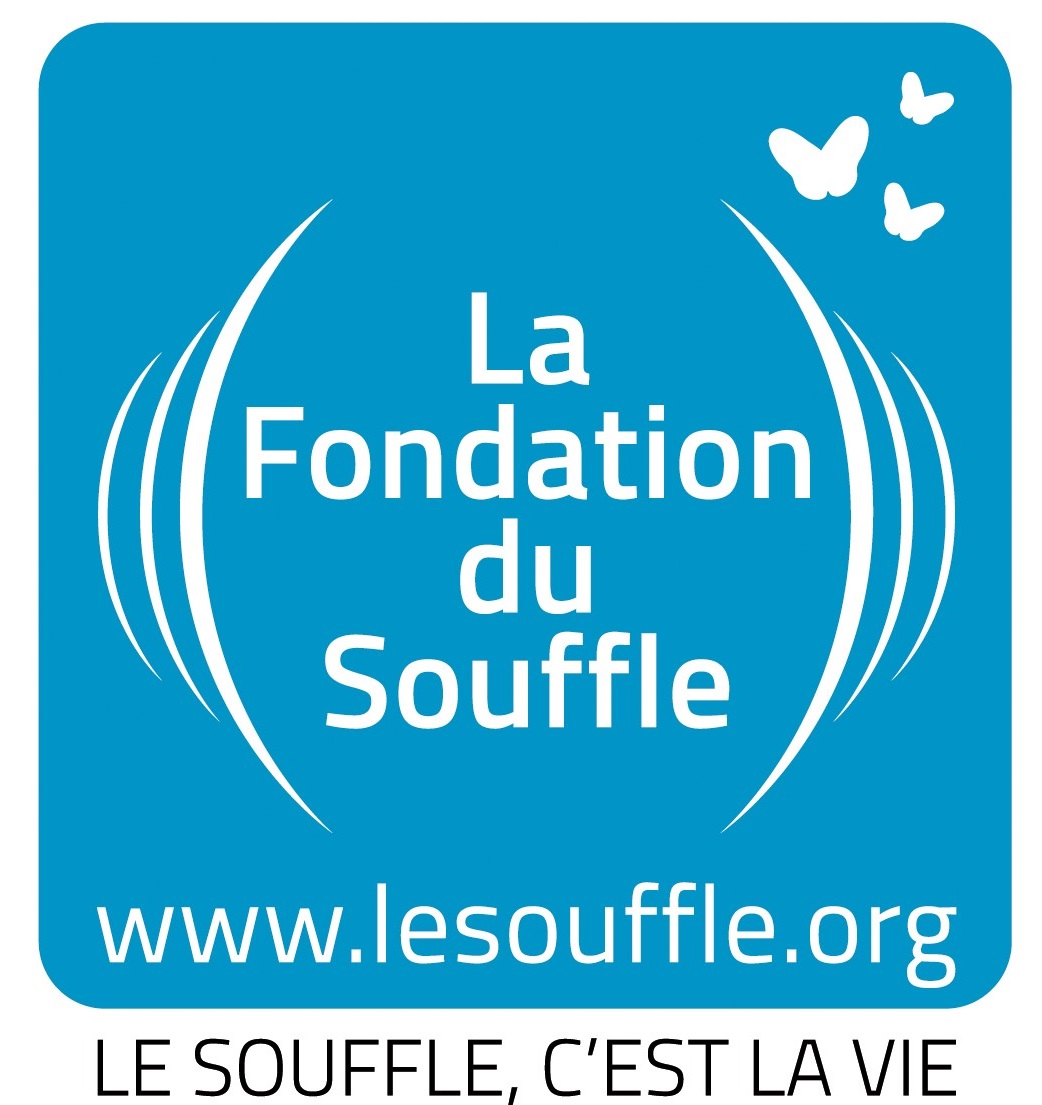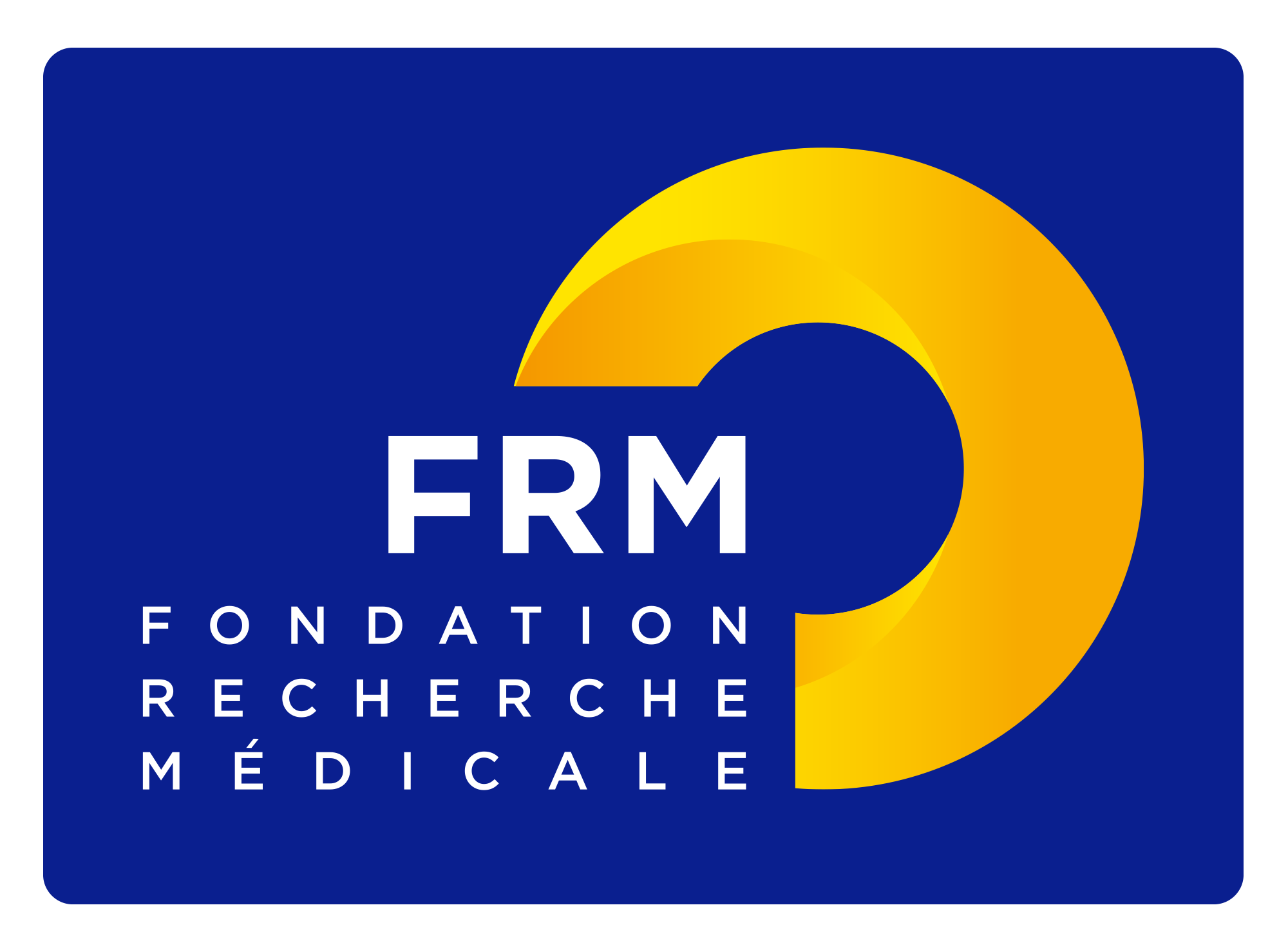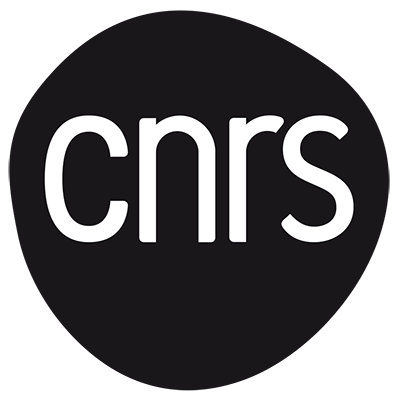Relationships between inflammation and bronchial hyperreactivity
Antoine Magnan
Our aim is to understand the crosstalk between inflammation and hyperresponsiveness in asthma. This project includes studies in original animal models and human studies.
- Animal studies
We demonstrated in our house dust mite (HDM)–induced asthma model that lung IL17 modulates SMC contraction, suggesting a direct link between inflammation and hyperresponsiveness, with a potential role of Rac1 up-regulation (Chesné, JACI 2015). This research program is being pursued to understand the mechanisms of Th17 induction, the relationships between epithelial cells/SMCs activation and the signaling pathways responsible for the IL17 effect on SMC contractility. We hypothesize that the IL17-Rac1 axis could be also involved in asthma-associated bronchial remodeling (connected to the V. Sauzeau’s project “Role of Rac1 in smooth muscle cells”).
In an original model of food and respiratory allergy we showed that food allergy aggravates airways inflammation and hyperresponsiveness in asthma (Bihouée, Respir Res 2014). We recently deciphered the mechanisms of immune cells homing into the gut and the lung and demonstrated the role of CCR9 (Castan, Allergy 2018). To go further in the comprehension of gut-skin-lung connections in the context of allergy the role of the microbiome and barrier dysfunction in these models are being investigated according to the sensitization pathway.
In addition, two therapeutic approaches are developed in models of asthma:
1) Peptide vaccination: The use of an immunogenic peptide derived from the house dust mite Der p 2 prevents asthma in mice (Bouchaud, JACI 2015). Our project now addresses (i) The mechanisms of tolerance induction in this model and, (ii) The effect of peptide vaccination in established allergy.
2) Cytokine complexes-induced immunomodulation. The immunomodulatory properties of IL2-IL2R complexes and of IL-15-sIL15Ra are investigated in HDM-sensitized mice.
- Human studies
To translate to human results obtained in mice, a cohort of severe and non-severe asthmatics is being set up, associated to a biocollection. This cohort will be associated with a large set of data, blood and bronchoalveolar lavage cells, DNA and mRNA, bronchial biopsies, primary epithelial cultures and serum. Controls will be obtained from organ donors. The relative importance of activated B and T cells in bronchoalveolar lavage and blood and the relationships between them will be assessed together with their correlation with other data. In addition, protein expression in epithelial cells and SMC from bronchial biopsies in primary culture will be assessed, and patient phenotypes will be identified according to the results. A particular interest will be paid to Rac1 expression in these asthmatic patients (V. Sauzeau’s project "Role of Rac1 in smooth muscle cells").
Publications
Food allergy enhances allergic asthma in mice.
Respir Res 15: 142, 2014.
Prevention of allergic asthma through Der p 2 peptide vaccination.
J Allergy Clin Immunol 136: 197-200.e1, 2015.
Prime role of IL-17A in neutrophilia and airway smooth muscle contraction in a house dust mite-induced allergic asthma model.
J Allergy Clin Immunol 135: 1643-1643.e3, 2015.
Funding
- Fondation du souffle
- Région pays de la Loire
- FRM








